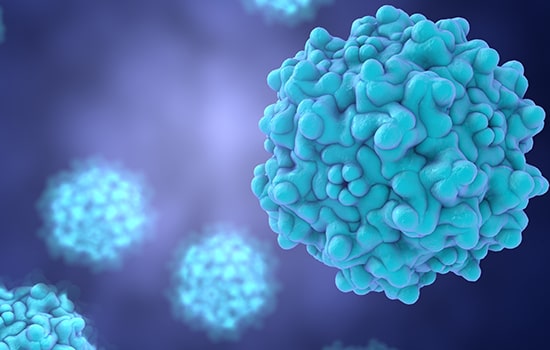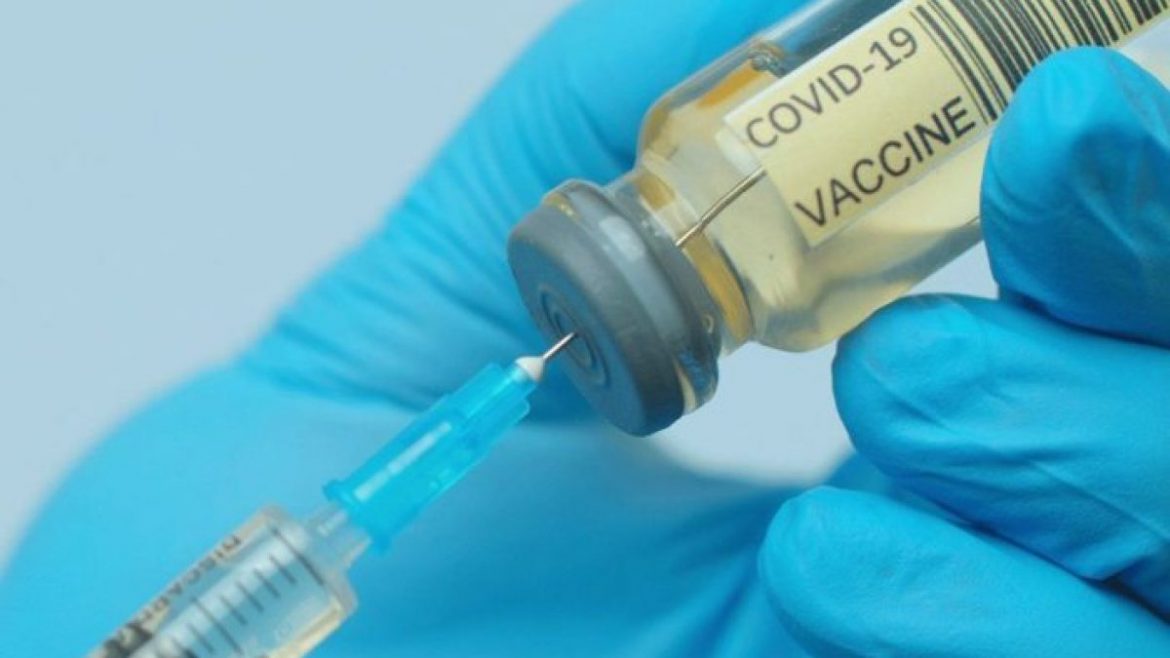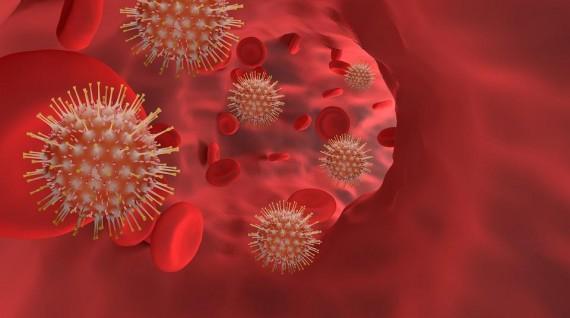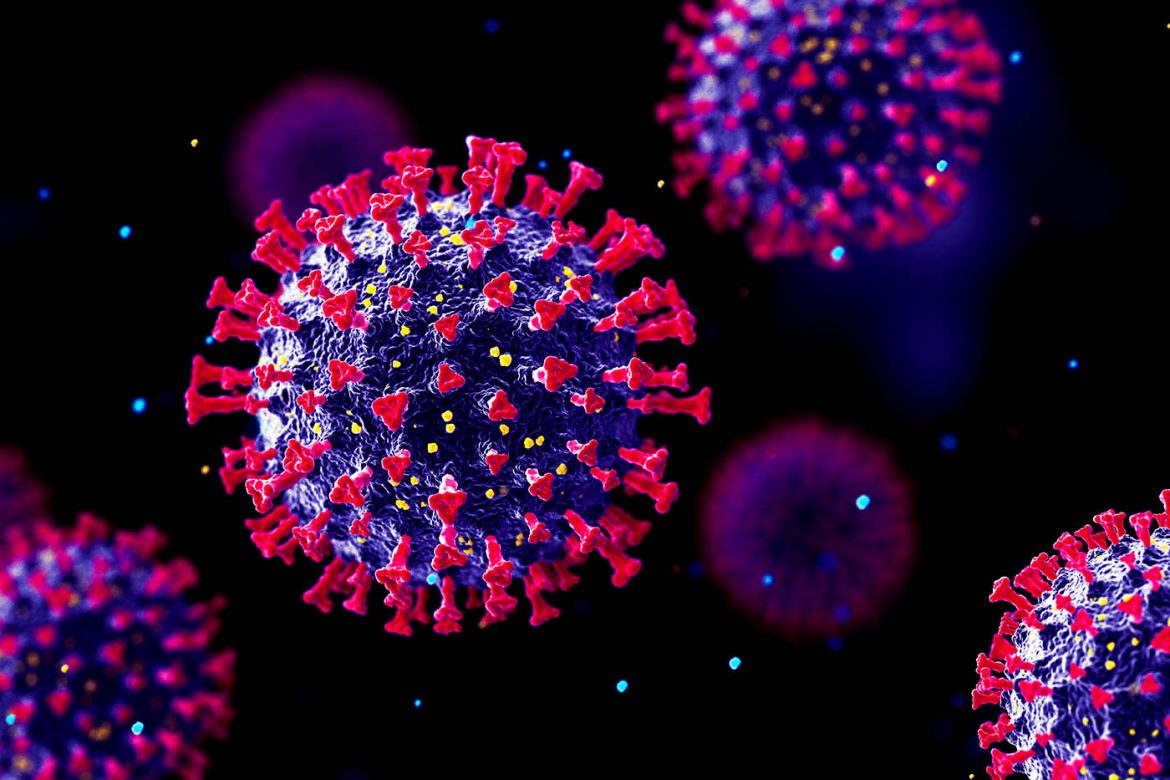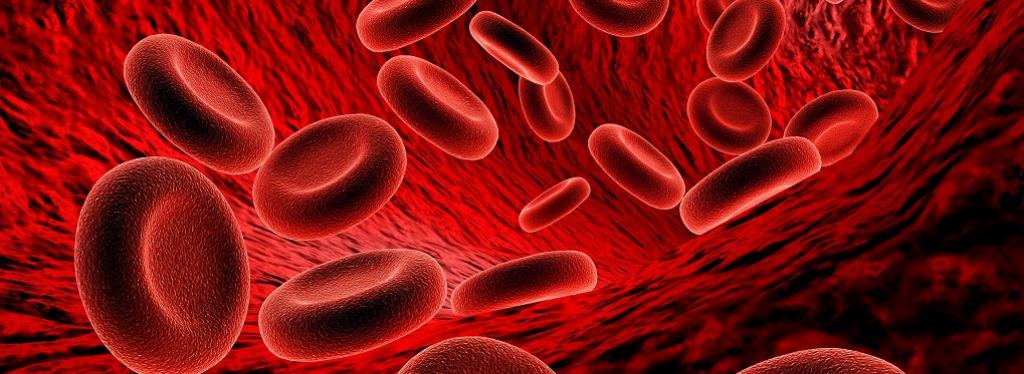In recent years, the world has faced several pandemics caused by viruses such as influenza and coronaviruses. While much attention has been focused on these well-known pathogens, another group of viruses called nidoviruses has emerged as a potential threat for causing future pandemics. In this comprehensive guide, we will explore what nidoviruses are, their characteristics, and the potential risks they pose for global health.
What Are Nidoviruses?
Nidoviruses are a group of RNA viruses that have a unique replication strategy involving the synthesis of a nested set of subgenomic mRNAs. This group includes several families of viruses, such as Coronaviridae, Arteriviridae, and Roniviridae. The most well-known nidoviruses are the coronaviruses, which have been responsible for outbreaks such as severe acute respiratory syndrome (SARS), Middle East respiratory syndrome (MERS), and most recently, COVID-19.
Characteristics of Nidoviruses
Nidoviruses are characterized by their large, single-stranded RNA genomes and their ability to infect a wide range of hosts, including humans, animals, and birds. They are enveloped viruses, meaning they have a lipid membrane surrounding their protein capsid. This envelope allows them to infect host cells and evade the immune system.
Potential for Pandemic Spread
Nidoviruses have the potential to cause pandemics for several reasons. First, they have a high mutation rate, which allows them to adapt quickly to new hosts and environments. This makes it difficult to develop effective vaccines and antiviral treatments. Second, many nidoviruses have zoonotic origins, meaning they can be transmitted from animals to humans. This increases the risk of spillover events, where the virus jumps from its natural animal host to humans, potentially leading to widespread transmission.
Nidoviruses and COVID-19
The COVID-19 pandemic, caused by the coronavirus SARS-CoV-2, has highlighted the potential threat of nidoviruses. The rapid spread of the virus, its ability to cause severe illness and death, and the challenges in controlling its transmission have underscored the need for increased vigilance and preparedness for future pandemics.
Preventing Future Nidovirus Pandemics
Preventing future nidovirus pandemics requires a multifaceted approach. First and foremost, there is a need for continued surveillance of animal populations, particularly those known to harbor nidoviruses. This can help identify potential spillover events early and allow for timely intervention. Second, research into antiviral treatments and vaccines for nidoviruses is essential. Developing effective treatments and vaccines can help reduce the impact of future outbreaks and save lives.
Global Collaboration and Preparedness
Addressing the threat of nidoviruses requires global collaboration and preparedness. This includes sharing information and resources across borders, coordinating research efforts, and investing in infrastructure to respond to outbreaks quickly and effectively. By working together, the global community can mitigate the risks posed by nidoviruses and prevent future pandemics.
Nidoviruses represent a significant threat to global health due to their ability to cause pandemics and their propensity for zoonotic spillover events. Understanding the characteristics of these viruses, their potential for transmission, and the measures needed to prevent their spread is crucial for pandemic preparedness. By staying informed and investing in research and surveillance, the world can better prepare for and respond to future nidovirus outbreaks.





